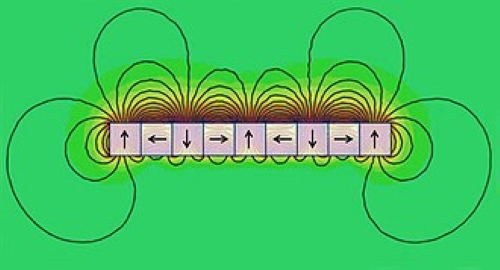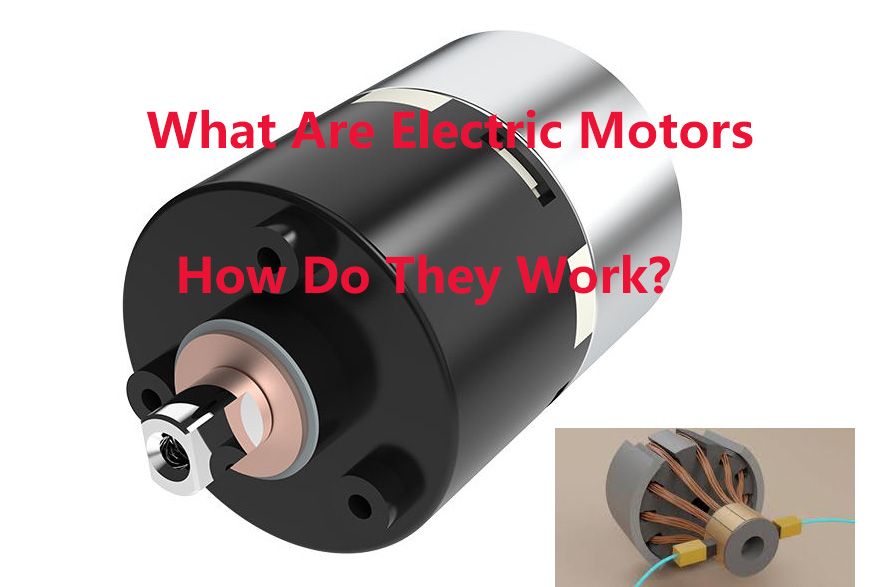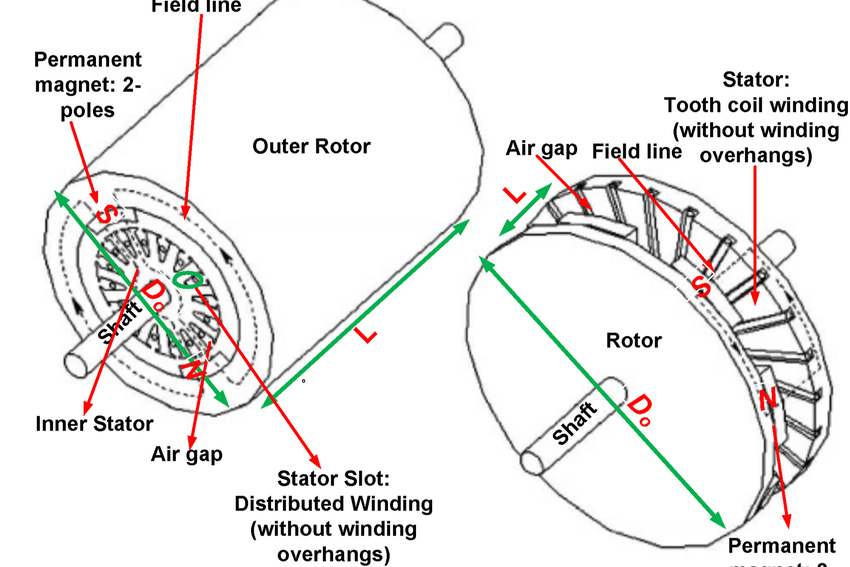Types and Uses of Halbach Arrays
Introduction
A Halbach array is a special arrangement of permanent magnets designed to produce a stronger, directed magnetic field on one side while canceling it on the other. This unique magnetic effect has led to numerous applications in technology, where the ability to create a focused magnetic field is highly advantageous. Here, we’ll explore the main types, their configurations, and the various ways they are used across industries.
 [1]
[1]
1. Types of Halbach Arrays
These arrays can be designed in different shapes and configurations depending on the desired magnetic field and application. The main types include:
--Linear Halbach Array
In a linear Halbach array, magnets are arranged in a straight line with their polarities set. This configuration creates a highly focused magnetic field on one side of the array while nearly eliminating it on the other. Linear Halbach arrays are commonly used in applications where a strong, directed magnetic field is needed along a plane, such as in maglev (magnetic levitation) systems and scientific equipment.
--Cylindrical Halbach Array
In a cylindrical Halbach array, magnets are arranged in a circular pattern around a central axis, with their magnetic poles oriented to enhance the magnetic field within the cylinder. This configuration generates a strong internal field and a weak or nearly canceled field outside the cylinder, effectively containing the magnetic field within the array. Cylindrical Halbach arrays are often used in applications like magnetic resonance imaging (MRI) and particle accelerators, where a stable, intense magnetic field within a contained area is crucial.
--Rotating Halbach Array
A rotating Halbach array consists of a circular or cylindrical arrangement of magnets that can be rotated to control the direction and intensity of the magnetic field. This type of array is used in applications where a variable or adjustable magnetic field is required. For example, rotating Halbach arrays are used in brushless motors and magnetic bearings, allowing precise control over magnetic interactions to minimize friction and enhance efficiency.
--Hybrid Halbach Array
Hybrid Halbach arrays are configurations that combine different shapes or orientations of Halbach arrays to achieve complex effects. For instance, hybrid Halbach arrays are sometimes used in scientific research to create magnetic fields that can be finely adjusted for experimental purposes.
Further reading: Everything You Need to Know About Halbach Arrays
2. Uses of Halbach Arrays
These arrays are utilized across various industries due to their ability to produce efficient, directed magnetic fields. Here are some of the most notable applications:
--Magnetic Levitation (Maglev) Trains
One of the most well-known applications is in maglev trains. In these systems, linear Halbach arrays are placed beneath the train or along the track to create a lift by repelling the magnets on the opposing surface. This allows the train to "float" above the track, eliminating friction and enabling high-speed travel with minimal energy loss.
--Electric Motors and Generators
They are also widely used in electric motors and generators, especially in brushless motor designs. By configuring the magnets to focus the magnetic field in specific directions, these arrays reduce losses and enhance motor efficiency. Rotating Halbach arrays are particularly effective in motors because they allow for precise control over the magnetic field, which is critical in applications ranging from electric vehicles to industrial equipment.
--MRI Machines
In MRI machines, cylindrical Halbach arrays generate strong, uniform magnetic fields within a confined area. This controlled magnetic field allows for clear imaging of tissues in the body, making MRIs one of the most reliable tools for medical diagnosis. Halbach arrays are ideal for this purpose.
--Particle Accelerators
Cylindrical Halbach arrays are also used in particle accelerators, where they help direct charged particles along a specific path. The focused magnetic field within the array provides the containment needed to control the particles’ trajectory. The stable and intense mag field produced by Halbach arrays makes them ideal for precision applications in physics and high-energy experiments.
--Magnetic Bearings and Couplings
In magnetic bearings and couplings, rotating Halbach arrays are used to create frictionless, contact-free supports. Magnetic bearings rely on a strong, controlled magnetic field to suspend rotating shafts without physical contact, reducing wear and tear on moving parts.
Conclusion
The unique design of Halbach arrays—whether linear, cylindrical, or rotating—enables highly efficient and targeted magnetic fields that have applications across diverse industries. By harnessing the power of magnetic field manipulation, Halbach arrays contribute to groundbreaking advancements in transportation, medical imaging, clean energy, and scientific research.
As technology advances, we can expect Halbach arrays to continue playing a critical role in innovations that require precision, efficiency, and controlled magnetic effects. For more information, please visit Stanford Magnets.
Reference:
[1] Halbach array. (2024, August 20). In Wikipedia. https://en.wikipedia.org/wiki/Halbach_array















